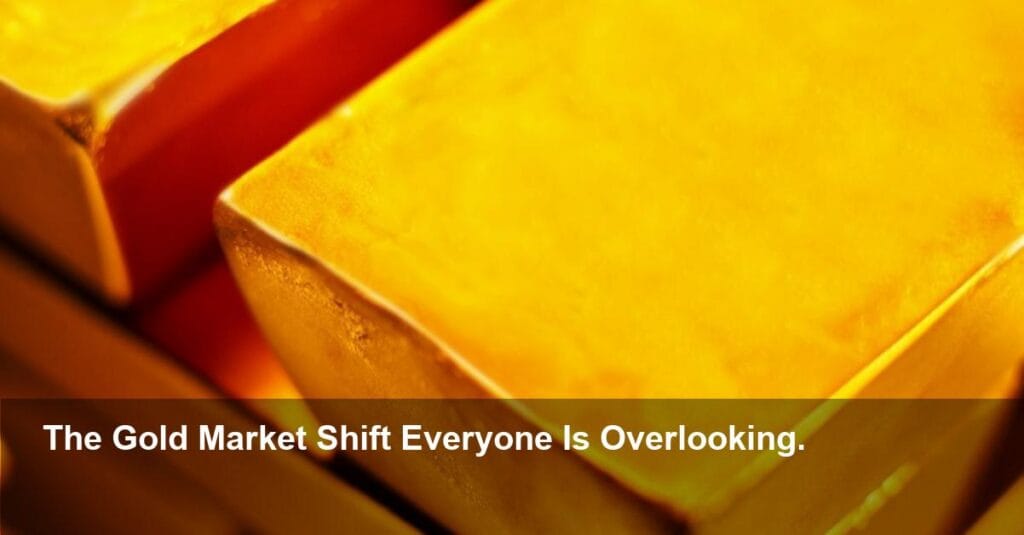Gold Market Shaken: Q3 2025 Report Reveals Deep Dive

- Central Bank Buying Persists: Global central banks continued their aggressive gold accumulation, adding another 290 tonnes to official reserves, signaling a deep-seated distrust in fiat currencies.
- Jewelry Demand Cools: High gold prices have led to a noticeable slowdown in consumer jewelry demand, particularly in price-sensitive markets like India and China.
- Investment Divides: A sharp contrast emerged between institutional and retail investors, with continued outflows from gold ETFs while demand for physical bars and coins surged amid economic uncertainty.
- Technology Sector Demand Wanes: The electronics sector saw a slight contraction in gold usage, reflecting a broader slowdown in consumer electronics sales globally.
A Market of Contrasts: Deep Dive into Q3 2025 Gold Demand
The World Gold Council’s latest Gold Demand Trends report for the third quarter of 2025 paints a complex and divided picture of the global gold market. While robust purchasing from a key sector provided a high floor for prices, worrying signs of weakness emerged in other areas, leaving many to question the metal’s trajectory for the remainder of the year.
Central Banks Continue Their Golden Hoard
The most significant trend highlighted in the report was the relentless demand from central banks. Emerging market economies, in particular, led the charge, collectively adding 290 tonnes to their reserves. This marks the tenth consecutive quarter of strong net purchases, a clear confirmation of a long-term strategy to de-dollarize and hedge against persistent geopolitical and inflationary risks. Analysts suggest this unwavering official sector demand is the primary force keeping gold prices elevated.
Consumer Caution Hits Jewelry and Tech
In stark contrast to official sector confidence, consumers showed significant hesitation. The global jewelry sector experienced a 12% year-on-year decline in demand. The report attributes this slump to record-high gold prices, which have dampened discretionary spending in crucial markets.
Price Sensitivity in Key Markets
In India, wedding season demand was notably muted, with many buyers either postponing purchases or opting for lower-karat items. Similarly, Chinese consumer sentiment was impacted by a slowing domestic economy, leading to weaker-than-expected jewelry sales during the quarter. The technology sector also reported a 5% dip in gold demand, primarily due to sluggish sales in high-end electronics.
The Great Investment Divide: ETFs vs. Physical Gold
The investment landscape revealed a fascinating schism. Gold-backed Exchange-Traded Funds (ETFs) saw net outflows of 85 tonnes as institutional investors and traders took profits or reallocated capital in response to shifting interest rate expectations. However, this was counterbalanced by a surge in demand for physical gold bars and coins, which jumped 15% compared to the same period last year. This retail-driven demand underscores a growing fear among individual investors about economic stability, driving them to the perceived safety of tangible assets.
The Q3 2025 report confirms that the gold market is not moving in unison. While central banks and retail investors are doubling down on gold’s safe-haven properties, the high price is creating significant headwinds in the consumer and institutional sectors. The final quarter will be crucial in determining which of these powerful forces will define the market’s direction heading into 2026.
Image Referance: https://www.gold.org/goldhub/research/gold-demand-trends/gold-demand-trends-q3-2025

